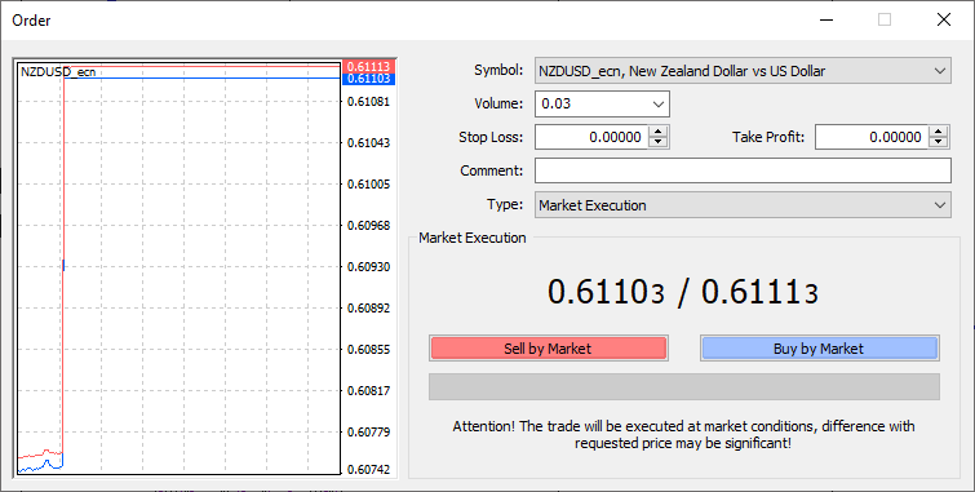End of Carry Trades
The New Zealand dollar used to have a higher interest rate, which made it a right candidate for Carry trades. However, after the COVID crisis in 2020, the Reserve Bank of New Zealand slashed rates to zero and announced it is starting with the quantitative easing. That was a robust dovish signal, and since the Oficial cash rate in New Zealand is now zero
, the possibility to do Carry trades with the Kiwi is no more.
Commodity-linked currency
New Zealand is the world's biggest exporter of whole milk powder. Thus, the currency and New Zealand's economy is dependant on its dairy product exports. Moreover,
the country also exports grains and agriculture. Investors also tend to watch these commodities to figure out where the New Zealand economy is heading.
China is one of the biggest importers of New Zealand's products. We can say that if the global economy performs well, China tends to import more grains and agriculture, and during these times, the NZD might be strengthening. On the other hand, in times of a recession, imports and exports of commodities are falling, which usually undermines the NZD.
Performance
The weekly chart of the NZDUSD pair has been in an apparent bearish trend over the last six years. The pair consolidated for some years but broke below the recent lows in March 2020 (after the COVID panic), and thus it confirmed the long-term downtrend.
There are a couple of reasons for this decline. Firstly, the Fed had slowly raised rates, which had made the greenback more attractive to investors. Secondly, inflation has been running low, and the world's economy has been slowing, which undermined the New Zealand dollar. Lastly, the last leg lower was after the coronavirus sell-off, which put the global economy into a depression.
The total decline since 2014 was around 30%,
making it one of the best trending pairs in the world.
Source: Purple Trading Metatrader 4
NZDUSD – Quotes and trading
If you open our Purple Trading Metatrader 4 platform, right-click on the NZDUSD pair and choose "new order," the following popup will appear:

Source: Purple Trading Metatrader 4
The regular spread between the Ask and the Bid price is usually 1 pip, but this spread can fluctuate slightly, depending on the actual volatility and market conditions.
Lot value calculation
The minimum amount to trade is 0.01 lot, while one full lot represents 100,000 NZD. So, if you are trading 0.01 lot (or a micro lot), you will be trading 1,000 NZD. The 0.1 lot is also called a mini lot and represents 10,000 NZD. If you want to buy or sell half a lot, you will be trading 50,000 NZD. Two lots are 200,000 NZD and so on.
Besides, you can open a market execution trade, which means that it will be immediately done at the current market price, or you may use pending orders – limit and stop orders. Finally, it is possible to use the stop-loss and take-profit orders when opening the trade, or you can add them later when the deal is live.